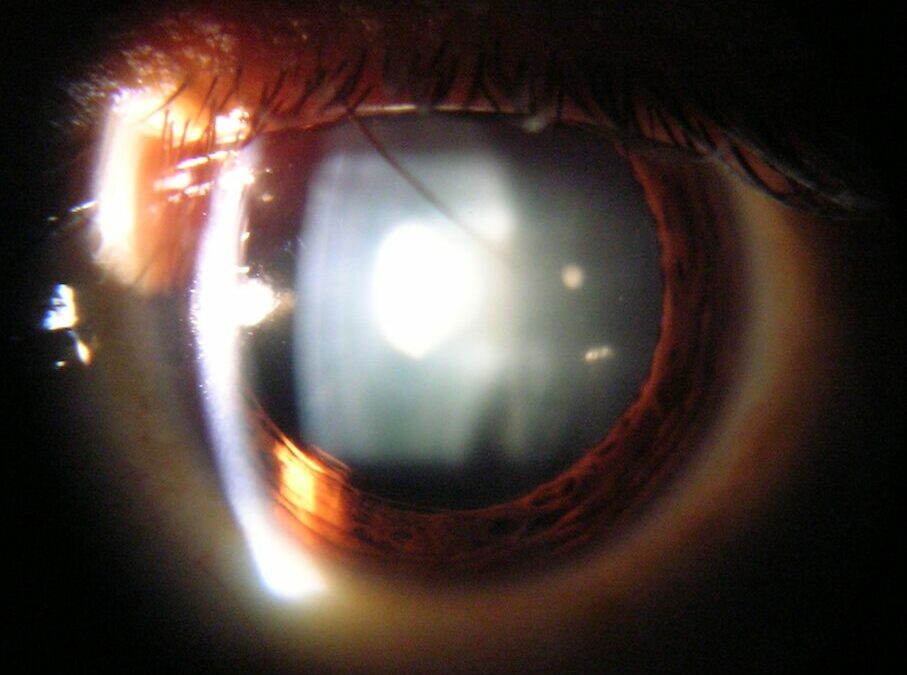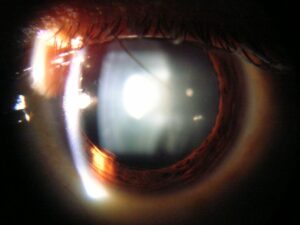6 things to remember about cataracts
One of the most common eye conditions in over 40s, cataracts are typically the result of the natural aging process. They are also the leading cause of blindness worldwide. The good news is that removal is safe and effective – and one of the most common eye procedures performed in New Zealand.
A cataract is cloudiness in the natural lens of the eye which results in hazy or blurred vision. In most cases, cataracts are simply the result of aging. Protein in the lens clumps together making it cloudy, which prevents the lens from creating a sharp or focused image on the retina.
However, there are some instances where cataracts appear due to other issues – and other considerations around the diagnosis and treatment.
———————————————————————————–
1. There are three main types of cataract.
Forming in the centre of the lens, nuclear cataracts are the most common type of cataract. Cortical cataracts are a wedge-shaped cataract that forms at the edge of the lens. Posterior subcapular cataracts develop at a much faster rate than both nuclear and cortical cataracts. These form at the back of the lens, where they can block light rays from reaching the retina.
2. Myopia can increase your chances of retinal detachment after cataract surgery.
Retinal detachment can happen to anyone who undergoes cataract surgery, but those who are myopic, or near-sighted, are at a much higher risk. We always discuss the risk factor with patients to determine the benefits of surgery. This risk can often be managed through the surgical procedure.
3. Diabetes can cause cataracts.
Aqueous humor is the clear fluid between the lens and cornea. This nourishes the lens by providing the cells with oxygen and glucose. For diabetics with uncontrolled blood glucose levels, the excess sugar in the aqueous humor can cause the lens to become cloudy, eventually forming a cataract.
4. Dark eyes are more at risk of cataracts.
Those with dark brown eyes have a higher risk of cataracts than those with lighter coloured eyes. This is to do with the amount of UV light that is absorbed by the darker colour, which heats up the eye, causing it to become cloudy with age. This risk can be lessened by using UV protective sunglasses.
5. Cataract surgery is very effective.
This surgery involves the replacement of the cloudy lens with a clear artificial lens. In most cases, it is a once-and-done solution. However, for some sufferers, a secondary cataract can develop, caused by the thin membrane holding the lens becoming cloudy. This issue can be quickly remedied with a posterior capsulotomy, which involves a laser incision created to allow light to pass through the lens, resulting in the restoration of clear vision.
6. Surgery is sometimes used to balance vision on unaffected eyes.
Most cataract sufferers will only require a cataract to be removed from one eye, but sometimes replacing the lens in both eyes will help to balance vision, reducing the risk of falls. Replacing the second lens can also decrease the risk of angle closure glaucoma, which can cause sudden blindness.
———————————————————————————–
If you are concerned about cataracts, book in an examination. We will be able to ascertain if there is any risk and discuss treatment if cataracts are found.

